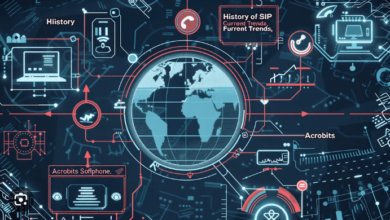Background:4bpdfehzbos= Office

The evolution of Background:4bpdfehzbos= Office design reflects a growing understanding of the intricate relationship between workspace environments and employee productivity. Emphasizing key principles such as ergonomic furniture and flexible layouts, modern offices prioritize not only comfort but also collaboration. As organizations strive to integrate technology seamlessly, the challenge lies in adapting these dynamic spaces to cater to various work styles. This shift raises essential questions about the impact of design on organizational culture and the tangible benefits it can yield, inviting further exploration into the transformative effects of these innovations.
Key Principles of Office Design
Effective office design is grounded in several key principles that prioritize functionality, aesthetics, and employee well-being.
Incorporating ergonomic furniture enhances comfort, while flexible layouts promote adaptability.
Collaborative spaces foster teamwork, and natural lighting improves mood and productivity.
Furthermore, an understanding of color psychology can influence creativity, and implementing acoustic solutions minimizes noise distractions, creating an environment conducive to both focus and collaboration.
Benefits of a Dynamic Workspace
A dynamic workspace offers numerous advantages that extend beyond aesthetic appeal and functional design.
Its flexible layout accommodates diverse work styles, fostering creativity and productivity.
Collaborative areas promote teamwork and communication, enabling employees to engage in meaningful interactions.
This adaptability not only enhances employee satisfaction but also supports organizational growth, making the dynamic workspace an essential element in modern office environments.
Read More Cute:9k2f5ls7pxa= Christmas List Ideas
Integrating Technology Seamlessly
Seamless integration of technology is crucial for enhancing the functionality and efficiency of a dynamic workspace.
By utilizing smart devices and collaborative tools, organizations can facilitate virtual meetings while incorporating digital signage for effective communication.
Ergonomic furniture paired with adaptive layouts further promotes employee comfort, leading to increased productivity.
Such strategic integration empowers teams to thrive in a flexible, technology-driven environment.
Case Studies and Success Stories
Case studies and success stories offer valuable insights into the practical application of technology integration within modern office environments.
These examples demonstrate how organizations enhance employee engagement through innovative solutions and workspace flexibility.
Conclusion
In conclusion, the evolution of Background:4bpdfehzbos= Office design reflects a profound understanding of employee needs and the dynamics of modern work. By harmonizing ergonomic principles, flexible layouts, and advanced technology, organizations can cultivate environments that not only enhance productivity but also foster creativity and collaboration. The successful integration of these elements, as evidenced by various case studies, underscores the potential for transforming workplace culture, ultimately leading to improved organizational outcomes and employee satisfaction.





